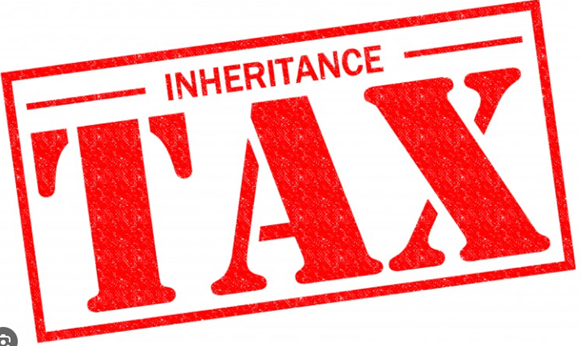Inheritance Tax in Australia: Tax on the Taxable Component in Superannuation
When a member of a superannuation fund passes away, their accumulated benefits are distributed to beneficiaries either as a lump sum or an income stream. These benefits consist of two components: the “tax-free component” and the “taxable component”. The treatment of each depends on the relationship of the beneficiary to the deceased.
For tax dependants (such as a spouse, children under 18, or a financially dependent person), lump sum death benefits are generally tax-free. However, when benefits are paid to non-financial dependants—for example, adult children who are independent—the taxable component may be subject to tax. This can reduce the net benefit received and create a significant liability for families who are otherwise not expecting tax at this stage.
Tax on the Taxable Component
The taxable component represents the part of the superannuation balance derived from concessional contributions (such as employer contributions and salary sacrifice) and investment earnings on these contributions.
If paid as a lump sum to a non-financial dependant, tax is levied as follows:
- Taxed element: 15% plus Medicare levy.
- Untaxed element (if applicable): 30% plus Medicare levy.
The inclusion of a Medicare levy means the effective rate is typically 17% or 32%. For larger super balances, this can result in a substantial erosion of the benefit intended for beneficiaries.

Two Key Solutions to Reduce Tax Payable
- Withdrawal and Recontribution Strategy
A common approach is for the member, while still alive and under the age of 75, to withdraw part of their superannuation benefits and then recontribute them as non-concessional (after-tax) contributions. - The withdrawal itself may include taxable and tax-free components.
- When recontributed as a non-concessional contribution, the amount becomes part of the tax-free component of the fund. The maximum you can contribute is $120,000 per year and you can use 3 years at one time, i.e.$360,000.
- Over time, this reshaping of the balance increases the tax-free proportion, thereby reducing the taxable component that would otherwise be subject to tax upon death.
This strategy requires careful monitoring of contribution caps, age limits, and total super balance thresholds. It is also best suited to members with sufficient liquidity and who are not yet restricted from making contributions due to age (minimum 60 and retired) or balance limits.
- Withdrawing the proceeds and investing in your own name or a trust
Another approach is to consider withdrawing the super / pension balance and investing the proceeds in your own name or a trust. Whilst eliminating the tax payable on the taxable component the earnings become taxable at your marginal tax rate vs super at 15% or an account-based pension at 0%. A breakeven analysis and health factors play an important part in relation to when the funds are withdrawn.
Conclusion
Tax on the taxable component of superannuation death benefits can be a significant issue for non-financial dependants, such as adult children. By proactively addressing the structure of super balances through withdrawal and recontribution strategies and estate planning structures outside of super, individuals can meaningfully reduce the tax payable and preserve more wealth for their beneficiaries.
Professional advice is essential, as the rules are complex, contribution caps must be observed, and personal circumstances (age, total super balance, health, and family structure) all play a key role in determining the most effective strategy.
Copyright © 2025 Coastline Private Wealth, All rights reserved.
Our mailing address is:
PO Box 2082
Churchlands WA 6018







